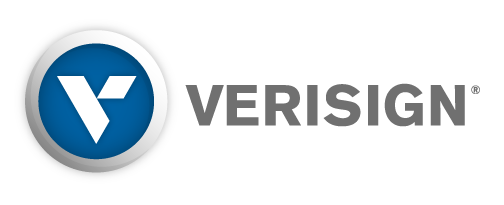- Indico style
- Indico style - inline minutes
- Indico style - numbered
- Indico style - numbered + minutes
- Indico Weeks View
OARC 36 (Online)
→
UTC
, , , ,
Description
OARC 36 will be an online Workshop starting at 14:00 UTC on Monday and 10:00 UTC on Tuesday.
DNS-OARC is a non-profit, membership organization that seeks to improve the security, stability, and understanding of the Internet's DNS infrastructure. Part of these aims are achieved through workshops.
DNS-OARC Workshops are open to OARC members and to all other parties interested in DNS operations and research.
Social Media hashtag: #OARC36
Mattermost Chatroom: Workshops on chat.dns-oarc.net (sign-up here)
WORKSHOP SPONSORS
|
|
Sponsorship opportunities for OARC 36 are available. Details at:
https://www.dns-oarc.net/workshop/sponsorship-opportunities
OARC PATRONS 2021
Your company name here? |
Annual Workshop Patrons for 2021 are available. Details at:
https://www.dns-oarc.net/workshop/patronage-opportunities
OARC 36 Admin
Participants
Abel Martin
Abhijeet Gaiha
Adis Pinjic
Ali Saleh
Allison Mankin
Amanda Swain
Anand Buddhdev
Andreas Taudte
Andrew Kaizer
Ann Paul
Arnaud Jolivet
Arsen Stasic
Arun Mudiraj
Baula Xu
Benno Overeinder
Brad Ellis
Brett Carr
Brian Dickson
Brian King
Brian Somers
Bryan Hughes
Casey Deccio
Cathy Almond
Christian Petrasch
Claudia Erices
Daniel Boughton
Daniel Stirnimann
David Blacka
David Couture
David Feldman
David Lawrence
Denesh Bhabuta
Douglas Dickinson
Duane Wessels
Eduardo Mercader
Erik Bishop
Felipe Barbosa
Florian Obser
Florian Rosenegger
Francisco Arias
Gaetan Gautier
Gary Lu
Gavin Mccullagh
Geoffrey Huston
Gonzalo Romero
Greg Choules
Han Zhang
Hanieh Bagheri
Hazel Smith
Hirofumi Hotta
Hugo Salgado
Jacob Zack
Jakob Dhondt
James Richards
James Stadtmiller
Jan Horak
Jan Včelák
Jarle Fredrik Greipsland
Jaromir Talir
Jason Lavigne
Jerry Lundström
Joacim Sørheim
João Luis Silva Damas
Joeri De Ruiter
John Todd
Jonas Andersson
Karl Reuss
Kazunori Fujiwara
Keith Mitchell
Klaus Darilion
Kundana Pillari
Latour Latour
Linjian Song
Magnus /Mem/ Sandberg
Manu Bretelle
Marc Dacier
Marco Diaz
Mark Teodoro
Martin Holub
Mat Ford
Matthew Pounsett
Mauricio Vergara Ereche
Michael Braunöder
Michael Daly
Miles Mccredie
Moritz Müller
Nicolai Leymann
Otto Moerbeek
Pallavi Aras-Mathai
Patrick Mevzek
Paul Ebersman
Paul Hoffman
Peter Davies
Peter Hessler
Peter Janssen
Peter Koch
Peter Thomassen
Peter Van Dijk
Petr Špaček
Pieter Lexis
Prashanth Suvarna
Priya Mohan
Puneet Sood
Rafael De Elvira
Raffaele Sommese
Ralf Weber
Ray Bellis
Richard Wilhelm
Robert Story
Roger Murray
Roy Arends
Sam Weiler
Sara Dickinson
Shane Kerr
Shinta Sato
Shreyan Sarkar
Shuai Hao
Shumon Huque
Sidan Qi
Siôn Lloyd
Stefan Ubbink
Steve Sullivan
Suzanne Woolf
Thibaud Duble
Tijay Chung
Tim Wicinski
Ulrich Wisser
Vincent Levigneron
Vinothkumar Prabhakaran
Willem Toorop
William Fleetwood
Wouter De Vries
Yoshitaka Aharen

